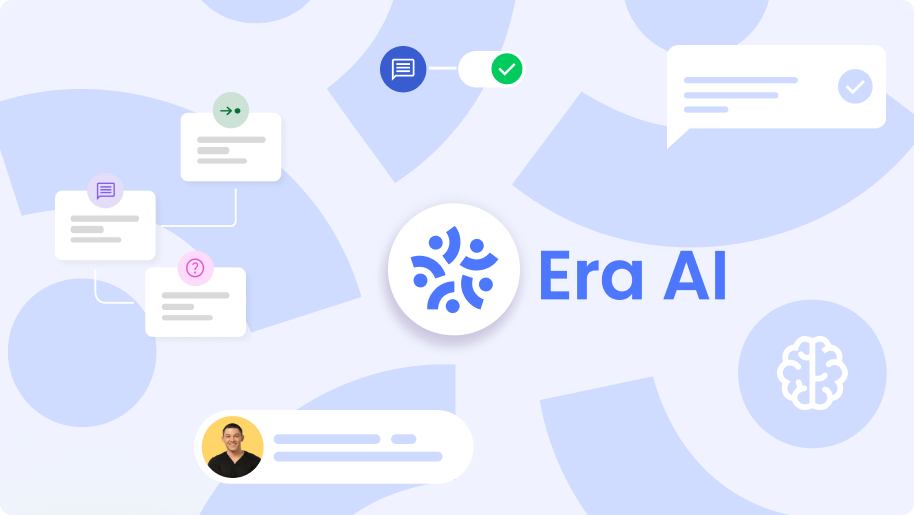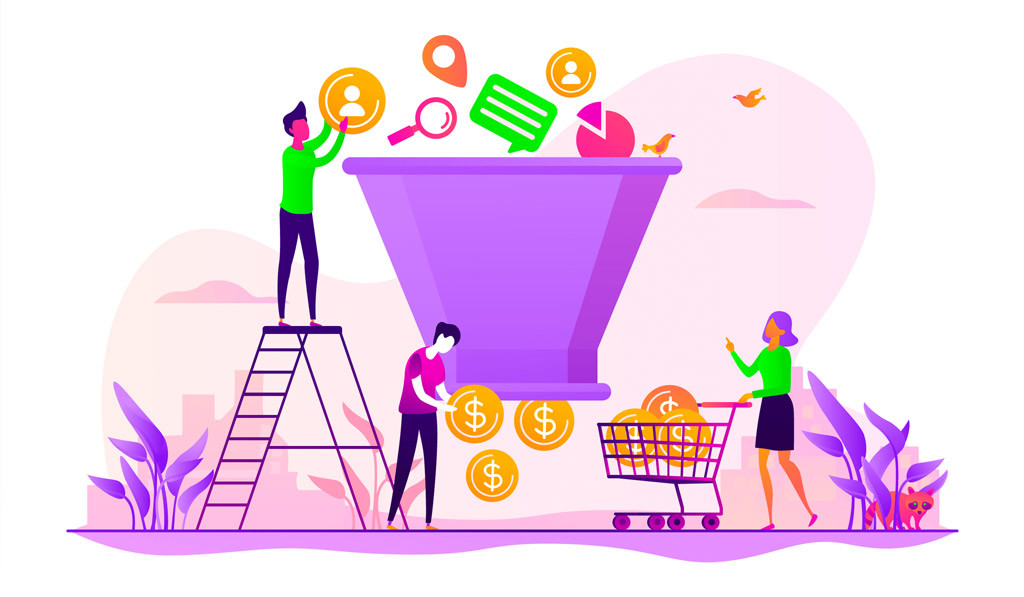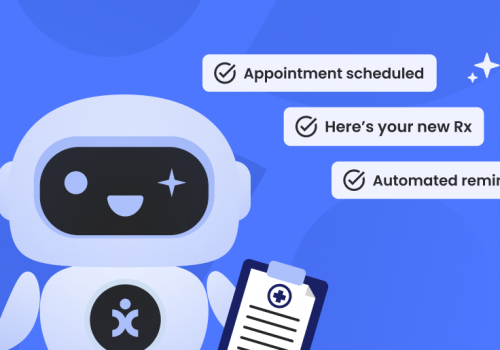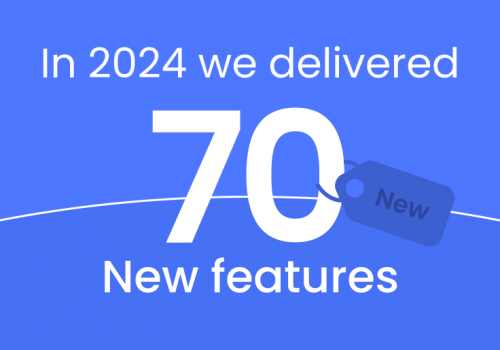Customer Journey. Understanding your customer is vital, if you understand your customer better, you can provide them with a great user experience for your product, and in turn maintain or even increase customer retention, thereby maximizing profits.
In this article, we’re going to discuss the five phases of the customer journey, to provide you with insight and actionable points to begin, or improve your customer onboarding experience.
But first, let’s take a quick overview of what the five phases are…
What are the 5 phases of the customer journey? There are Distinct phases in which your potential customer passes through and should be guided accordingly in order to be introduced to and “buy into” your product. The five phases are Awareness, Consideration, Purchase, Retention, and Advocacy. Each has its challenges which we will discuss here.
But why is it important to provide a seamless onboarding process for customers? How does it impact your revenue?
What is the customer journey for?
Each customer embarks on a journey towards purchasing a product. From start to finish there are five distinct phases a customer will pass through. For each phase there are challenges and hurdles that you will need to guide your customer through.
All these five phases form part of what is called an “onboarding process”.
Certainly, when concerning products like CommBox. We had to very carefully consider how we would guide our customers through the discovery, setup, and integration of our CommBox service software.
Here’s what onboarding is, and why considering your onboarding process and strategy is important.
What is customer onboarding?
Customer onboarding is the start to finish process that enables customers to find, evaluate and eventually purchase your products through a sales process. An excellent customer onboarding program helps customers to first understand the benefits of your product or service, guides them on setup and use, and provides helpful ongoing support.
Why is onboarding important?
You don’t get a second chance to make a first impression. Onboarding handles that initial contact, and provides confidence to your potential client about both the organizations they’re dealing with and the product they’re considering.
But it doesn’t end there. Customers can fall off the sales funnel at any point. So the end-to-end route you provide potential customers to flow through can have a huge impact on the perceived value and potential purchase of your product.
Successful onboarding will…
- Set a positive tone for both your organization and your product value
- Dramatically increase the customer LTV (lifetime value)
- Reduce loss from the sales funnel
- Create long term loyalty from customers
- Increase referral rates
- Enable margin building and upselling
How to create a customer onboarding strategy
Before embarking on this process, be sure you understand who your customer is, see our earlier article about knowing your customer. It’s vital you build up a persona or multiple personas about your target audience.
Once you’ve figured out where your customers are coming from, you can better insert them into a suitable onboarding process. For example:
A single user with their own business that is new to your product will not want to be presented with enterprise messaging.
An organization will often have done much of the groundwork and usually have laser precision in what they want and need, so showing them messaging about “what this product does” is probably not the ideal start.
In business, we’re all familiar with building a campaign. A sales campaign or a marketing campaign. Onboarding is no different. It’s about creating a strategy the same as any others you might tackle.
You should be very clear on both your goal, and your plan to attain that goal – at least as a starting point, but the customer onboarding journey can and will change as you discover how your customers learn about you, what your product does, once they interact with your organization and your software, and as well, you’ll need to shore up holes in the process where customers are “escaping” your funnel.
Here are a few points to make sure you cover off within that planning process.
- Always keep the idea of your customers and your product introduction as a seamlessly flow
- Aim for early and repeated use of the product. The first week of an onboarding phase is crucial
- Understand the patterns of use made by customers, ask when, how, and why type questions.
- Aim to make your product so helpful, your customer will find it hard to be without it
- Reduce customer frustration, be on hand, at every moment when a customer has a query or issue
- Keep customer interaction personal and seamless, using something like CommBox can create that seamless customer experience.
Your strategy will change, and some areas will require more attention than others. But as the great Steven Covey told us “begin with the end in mind”.
Tips and best practices during customer onboarding
From our CommBox product experience, we wanted to provide our customers with the very best experience. It wasn’t just a sales exercise; we wanted our customers to love our product as much as we did.
So here we’re going to give you some best practices and a few helpful tips to get provide more value to your customers during onboarding.

Customer onboarding best practices
The following best practices will require information from every point of contact with your customers and will help you create a solid onboarding experience.
1. Know your customer’s pain points
It’s a trite phrase these days, but the term “pain points” still sums it up. You should not only know what obstacles your customers face, but you should also make it your responsibility to find and provide the best solution.
Customers flock to the best solution, news of it spreads like wildfire and the best product or solution is the stuff of higher pricing and better margins – and because of your determination to provide the best solution – you earned it!
2. The first impression
Don’t let your first contact with your customers be a guessing game. Nothing screams a bad start than a customer looking at your website home page or first email and wondering…
- What you actually do, and
- Where they need to start.
Keep it simple and clear.
3. Qualify what the customer is getting, and why
Your first sales page should make it clear what the product is for, who it’s for and why it works. You should continue to ensure your customers know what they’re going to get and why. If there are caveats to using your products then state them, don’t let them find out later down the process.
4. Demonstrate value
Don’t oversell the value on text alone, provide resources that will demonstrate actual value better than sales-speak. Here are a few examples…
- Provide a demonstration
- Explainer videos
- Potential use case scenarios
- Offer real-world case studies
- A call from a product specialist to assess product fit
- Supporting documentation
- Statistics and/or studies
5. Stay in communication
Beyond the first hello and interaction. Ensure you maintain your newfound friendship with your potential client. Use email or in-app messaging to encourage the customer to continue with the onboarding process.
Alison.com courses are one example of this, with timely reminders to continue where you left off or to dive deeper, I’m sure everyone has had similar prompts before, here’s an example…
Email is normally your best option for this as a way to keep in contact.
Once your customer is unable to function without your product, they will soon be signing in of their own free will
6. Guidance is key
It’s quite possible that a good portion of your customers can fall out of love with your product – and fall out of your sales funnel because of one simple frustration that they could not overcome. Guiding your customers every step of the way, and showing them aspects of the platform or service, you provide means they’re less likely to throw the computer out the window – and your platform along with it!
On-screen guides, prompts or messages, labels or intuitive help like that provided by our CommBox product, is really helpful.
Here’s an example from teamwork.com in how to guide your customers through the process of starting, navigating and using their product.
7. Customer-driven objectives and goals
Enable your customers to tell you what they consider success to look like, then, where possible, tailor your product and it’s milestones to facilitate the journey to their success points and aims.
Where possible, as with this example from teamwork.com, enable your customers to set their own parameters, even if it’s tracking progress, showing history, analytics. Whatever enables them to measure where they are now compared to where they were before.
8. Continue to impress
If your customer is impressed with your product upon first sight, that’s great. But that will wear in time. You need to seek to impress your customers on an ongoing basis, with new and great updates, free courses, support, badges or whatever your customers perceive to be new and impressive!
9. Measure your success
As you would with the rest of your business, track your metrics, gather customer feedback – and if you hear it more than a few times then don’t ignore it!
Encourage comments, carry out surveys and other feedback loop oriented exercises. Monitor your success and tweak your processes where you need to.
Ask relevant questions at the right points in the customer’s journey. So with that in mind, now we’ve come back round to the customer journey phases, let’s take you through what the five points are…

The 5 phases of the customer journey
Some phases of the customer journey are merely fleeting moments, others can continue for days or maybe even weeks.
But they’re all as relevant as each other and it’s difficult to get past any one of them and straight to the next. So, I’d encourage you to address all of them.
The five phases are split into two kinds, leading phases (or pre-sales phases) and, of course, post-sale phases. Here’s the outline…
Awareness (pre-sale)
The discovery stage, via various marketing methods, information gathering, research phase, looking for clear messaging and initial problem-solving.
Your marketing will usually denote which entry point your customer arrived at, whether enterprise or individual – the messaging should reflect the phase they’re in.
Consideration (pre-sale)
Debating options, perhaps yours vs another product, considering pricing, which is the best solution, weighing features and benefits.
Brand awareness can play an important part here, brand familiarity, known history, and perceived quality and service can sway a sale to the more familiar or more favored brand. Look to increase brand awareness in this product space.
Purchase (post-sale)
The decision is made, and the purchase has gone ahead, this is now the tie for immediate action. Do not leave a void in between this phase and first contact. The customer needs to be acknowledged. Startup your welcome and messaging machine to progress the journey with a great experience and a chance to move them into further phases.
Retention
Retaining a customer is difficult, this is where many will fall off the process if they’re not sufficiently supported.
Maintain customer satisfaction and “approval rating” by continuing to solve this problem – and anticipate future hurdles you can help your client with. This is where our customer experience team helps our clients to improve their experience with CommBox still further. It’s a great opportunity to look after your customer’s needs.
Constant communication is key to developing customer loyalty.
Advocacy
If all the other phases are handled correctly, then your customers will become fans, fans will provide the best marketing you can get. Their influence on the purchasing decisions of others should facilitate further sales. At this point recommendation and reward is a great boost to improve sales.
Dropbox grew exponentially because happy customers were able to spread the message and benefit from increased product features like additional storage. The business boomed and their marketing budget was boosted through a pyramid type sales growth.
Affiliate and referral schemes (where appropriate) mean that customer have already been recommended your product, this can facilitate and expedite the customer onboarding process.
To conclude…
Onboarding exists, so take the guesswork out of helping and satisfying your customer. Create a plan, monitor the results, and aim for the best service possible to create fans that will go on to sell the product for you.
We hope this has been a useful exercise in understanding and implementing a successful onboarding process. CommBox can help to provide a seamless experience for your customers, both existing and new. Take advantage of our demonstration, and let us show you how good our customer experience is for onboarding.




















